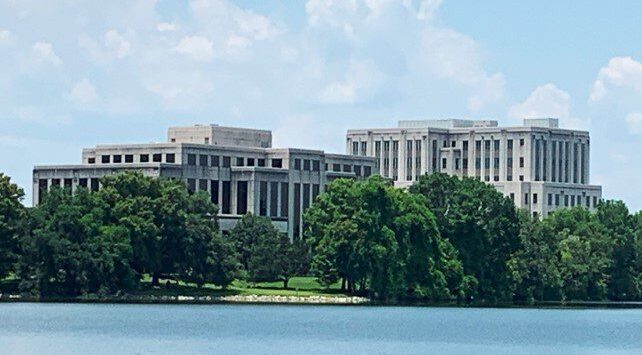Services Align with the Company’s Strategic Priorities:
Working closely with client stakeholders, Access Sciences developed and executed a future state roadmap designed to support each asset’s multidecade information life cycle. This framework included:
- Development of requirements for and selection of the best-fit asset information (document) management solution
- Design and configuration of the solution’s information architecture including naming standards, taxonomy, metadata, and review and approval workflows
- Design of data governance policies, processes, and procedures to maintain the information as the asset evolves
- Multi-level testing to ensure that requirements were met and information was organized for maximum usability at the asset and component level
- Design and development of a document control program capable of supporting three megaprojects simultaneously
- Operationalization of the document control function as a managed service
- Training to ensure that users and administrators were productive on day one
- Migration of FEED information from an existing repository into the new solution, that’s then updated to conform to the new governance structure
By delivering the project roadmap, designing and implementing a new project/asset information management solution, and embedding document control operations, the client realized significant improvements:
- Enhanced efficiency – Streamlining processes and procedures for managing project and asset information effectively
- Reliability – Maintaining the accuracy and dependability of project information as it flows between the owner and contractor partners
- Enhanced collaboration – Recognizing the importance of clear communication and cooperation between the owner and contractors, despite geographical and time zone differences
The initiative underscored the importance of information management, emphasizing the need to govern and organize the asset’s information efficiently to support decision-making and project success. It met the ambitious deadline adherence, completing the detailed design phase kickoff within the four-month timeframe.
The project also ensured a seamless transition, governing information generated during the project to support the entire life cycle of the asset and its components, facilitating a smooth transition from FEED to handover to O&M. Furthermore, it elevated the value of information, viewing it as a valuable asset rather than an obstacle, reflecting a strategic approach to information management.






